Time to read: 6 min
DESIGN TIPS FOR REDUCING CNC LEAD TIMES
CNC (Computer Numerical Control) machining is a manufacturing process that uses computer-controlled machines to create precision parts from raw materials. CNC machining is widely used in industries such as aerospace, automotive, medical, and many others where precision and quality are crucial.
And machining highly precise, high-quality components has a higher price both in terms of lead time and financial cost. You may be under the gun to get a custom replacement part to keep your assembly line running, or urgently need the next prototype iteration to show off to a customer in a meeting in a matter of days. Regardless of the reasoning, one of the main constraints of CNC machining is the lead time, or the time it takes to receive a finished part. Long lead times can be frustrating and costly, so reducing that time is crucial.
Pro-Tip: If you’re interested in cutting CNC machining costs, check out this article. While you may think that negotiating lead times is a task for supply chain experts or that design engineers can’t impact lead times, think again! You have the power to make simple design changes that accelerate production and get you parts in hand faster! Read on to learn our best tips for reducing CNC lead times.
1. Reduce Complexity: Simplify Designs
Simplifying your designs help reduce CNC lead times by minimizing the number of operations required to produce your part — complex designs with intricate features often require multiple operations and setups, which increases lead times.
Designs that require intricate shapes or deep cavities increase machining time, which in turn increases the lead time. That’s why best practice is to simplify the geometry of your parts as much as possible.
Check out these Fictiv resources to learn more about simplifying your design:
Our Complexity Quiz is a simple way to see how complex your part is (only takes 30 seconds)!
What are Complex Parts: A Geometry Perspective | Fictiv
CNC Machining Complex Parts | Fictiv
How to Select CNC Machining Tolerances When You Have Complex Requirements – Fictiv
How to Optimize DFM for Complex Mechanical Designs | Webinar
2. Reduce the Number of Setups
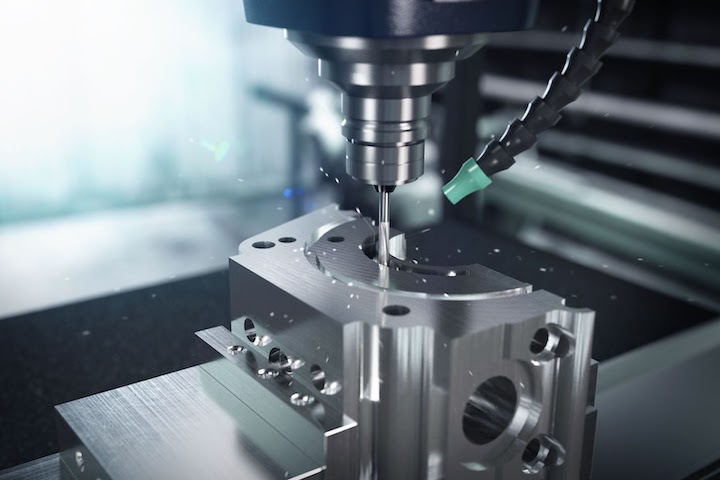
Each setup required to machine a part adds time to the overall process, so reducing the number of setups helps reduce lead times. This can be achieved by either designing parts to be machined in a single setup or consolidating multiple parts into a single setup. You can also break down larger parts (that would require more setups) into smaller parts that can then be assembled. Consult with your manufacturing partner on your strategy to see which approach will make a net impact on lead time.
3. Design Features to be Standardized and Machined with Standard Tools from Standard Materials
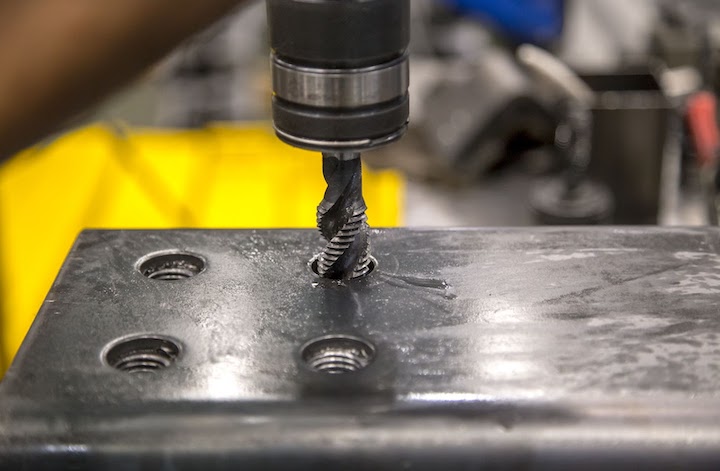
Designs requiring only standard tools and materials help reduce lead times by reducing the time required for tool changes and material procurement or handling. Standard tools are readily available, and their performance is well-known, which makes life easier for the machinist.
Similarly, standard materials can be easily sourced, which reduces material handling time and overall lead times. Common materials reduce lead times because they’re easier to source and stock, and common materials may be easier to machine, which reduces machining time.
One area that’s simple to standardize is to only specify standard threads. Custom threads are rarely necessary, and manufacturing them only adds to your lead time. Another opportunity for standardization is to design standardized parts, which reduces the need for custom tooling and setups that add time and cost.
4. Account for Your Design’s Tooling Requirements During CNC Machining
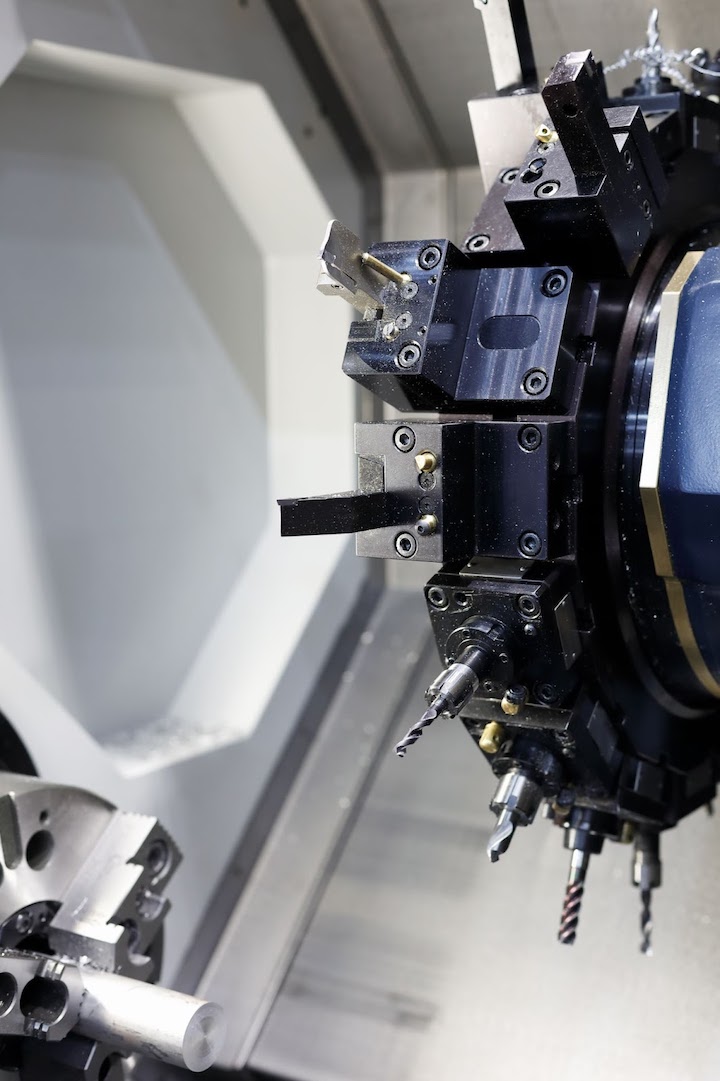
Designs optimized for tooling can have a significant positive impact on lead times. This includes
optimizing tool paths, which reduces the time required for machining by using the most efficient tool paths and reducing the number of tool changes required.
Speaking of tool changes, every time a tool is changed during machining, it adds to the lead time. So, design parts that can be machined with fewer tool changes by minimizing the number of different tools required.
5. Minimize Tolerances
Tight tolerances increase the complexity of machining, which increases lead times. So, it’s essential to keep CNC machining tolerances as loose as possible while still meeting the required specifications. Also, by designing parts with appropriate tolerances, you reduce the need for additional machining operations or manual adjustments, both of which increase lead time.
If you want to learn more about designing tight tolerance parts, check out The Complete Guide to Designing Tight Tolerance Parts and our GD&T Cheat Sheet.
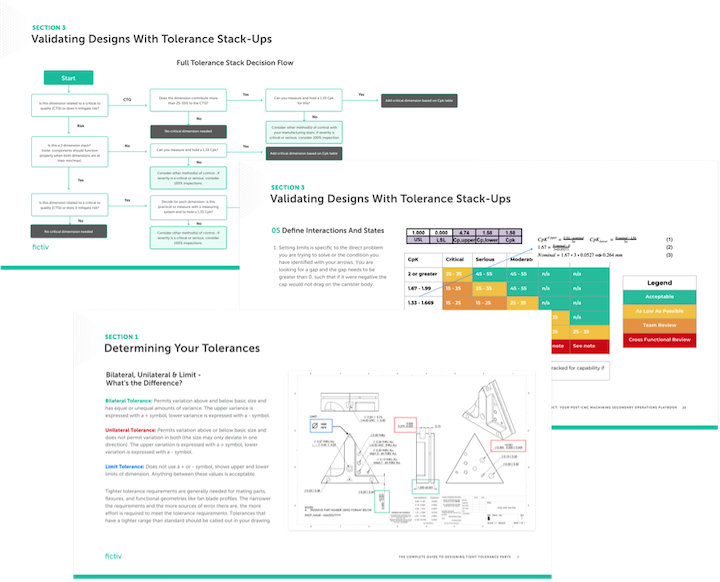
6. Optimize Designs for the Machining Process
When designing a part, it’s essential to consider the machining process used to produce it — understanding the process and its capabilities can help identify potential issues that increase lead times. For example, some processes may not be suitable for certain materials or geometries.
Secondly, aim to design parts that can be easily machined with standard tools and machines. Complex designs or hard-to-reach features may require specialized tools or machines, which can increase the lead time and cost of your part.
Considering the sequence of operations required to machine your parts and planning for efficient machining should also be top of mind. That means grouping similar operations together or machining multiple parts at the same time to reduce the overall machining time.Pro-Tip: Check out our CNC Design Guide for a deeper dive on how to design for CNC machining processes.
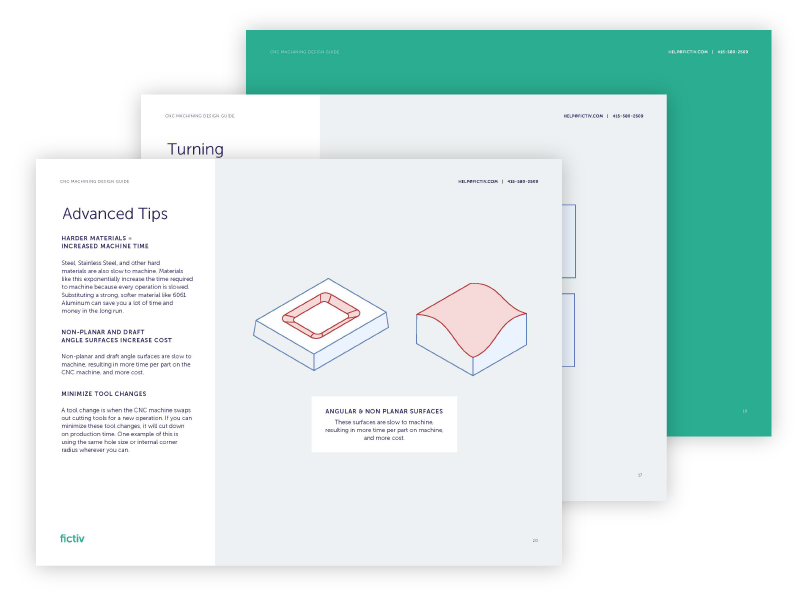
If you understand the CNC machine your part will be manufactured on, you can also simplify machining by targeting cutting parameters such as cutting speed, feed rate, and depth of cut to cut down on machining time. You can optimize these parameters to achieve your desired surface finish and accuracy while minimizing the machining time.
These optimizations are made relatively simple with modern CNC machines that are automated and can perform multiple operations in a single cycle. Designing parts to take advantage of this capability will reduce your lead times.
7. Choose Your Materials Wisely
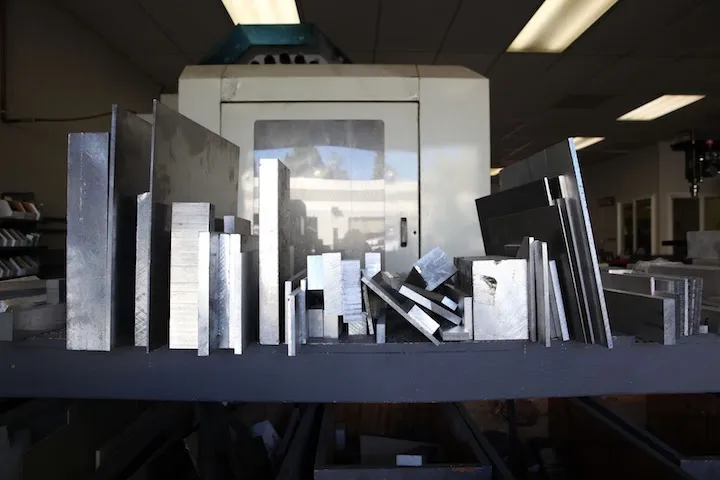
Choosing the right material is another element that can reduce machining time. Some CNC materials are more difficult to machine than others, so optimizing your material selection accordingly will reduce the time it takes to machine your parts.
Also, design for standard stock sizes. Using standard stock sizes for raw materials reduces material handling time and costs. To further reduce cost and lead times, design parts with minimal material waste, which reduces material handling time and the amount of material that needs to be machined away.
8. Minimize Material Handling and Operator Effort
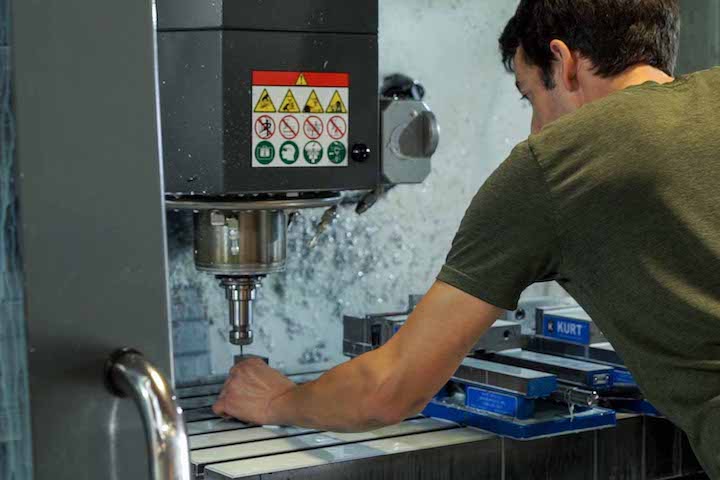
The less human interaction your parts require to be machined, in general, the lower the lead times to get the parts machined. You can reduce labor requirements by designing parts that can be machined with minimal manual intervention to reduce lead times and labor costs.
Also, the orientation of the part during machining impacts machining time and part quality. Consider limiting the number of faces to be machined or grouping similar features on the same sides of a part to reduce machining time and improve quality.
9. Test, Optimize, Simulate, and Prototype
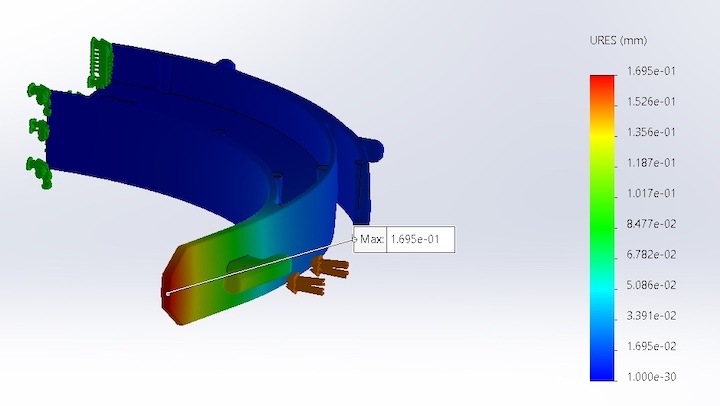
Before proceeding to large-scale manufacturing, you should do some prototyping to test and optimize your designs. Prototyping allows for quick testing and optimization of the design before full-scale production. This can help to identify potential issues and reduce lead times by ensuring that the final design is optimized for manufacturing.Also, if you can, use simulation software, like a Finite Element Analysis program, to evaluate your design. This software can be used to optimize the machining process and identify potential issues before production begins. This can reduces lead times by minimizing the need for trial and error during production.
10. Design for Manufacturability (DFM)
Probably the most influential and important thing you can do to reduce the lead time for your components is to correctly design for manufacturability. By designing parts that are easy to machine and assemble, you minimize the time it takes to produce them.
This is such a critical part of design that we developed a DFM for CNC Machining Masterclass to teach you how to design parts that are faster, more cost-effective, and less risky to machine — across a range of mechanical design complexity.
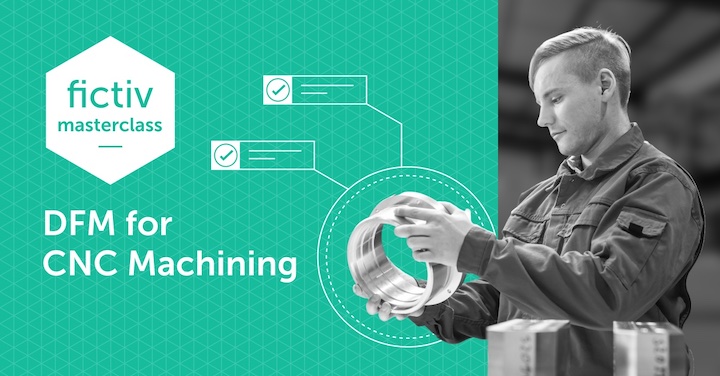
Conclusion
Reducing CNC lead times is crucial for improving manufacturing efficiency and reducing costs. By simplifying your designs, you can help reduce the time it takes to produce your precision parts using CNC machining. Best practice is to involve CNC manufacturing experts in the design process to ensure that your design is optimized for the machining process and can be produced efficiently.
Fictiv – We Deliver Complex Parts at Ridiculous Speeds
At Fictiv, we routinely manufacture even the most complex parts at ridiculously fast speeds — 2-5X faster than your average machine shop. Our cutting edge platform, mechanical engineers, and machining experts provide DFM feedback to optimize your designs for manufacturing and reduce your lead times. In many cases, we can help reduce costs as well.Fictiv is your operating system for custom manufacturing that makes part procurement faster, easier, and more efficient. So, create an account and upload your part today to see what our instant online CNC quote process, expert guidance, and intelligent platform can do for you.










